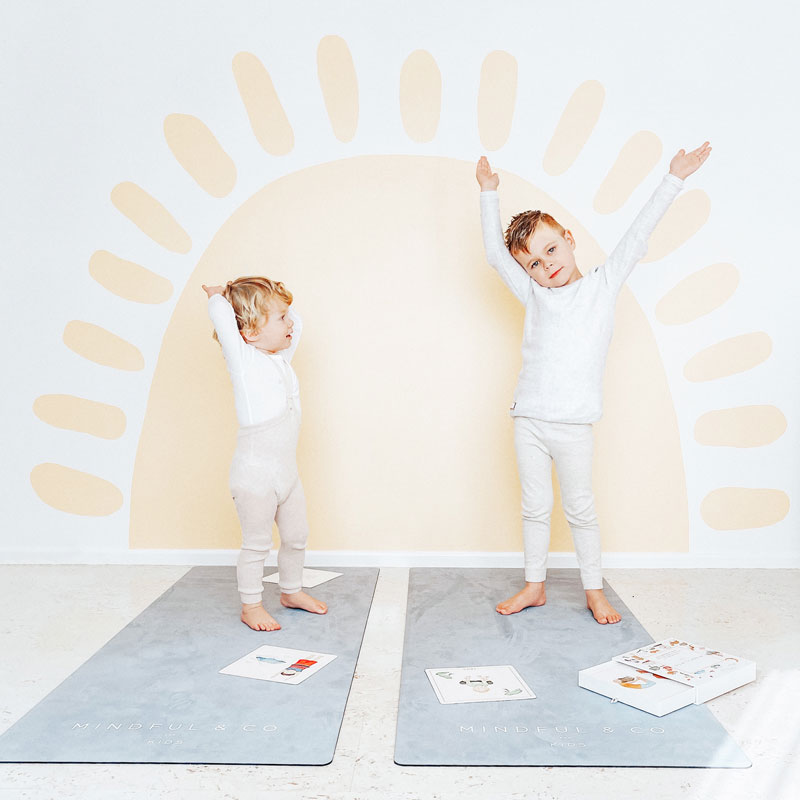In the ever-changing world of development for children, understanding neurodiversity is vital. Children suffering from conditions such as ADHD as well as autism require an environment that supports their unique talents and makes them to excel. The synergy amongst ADHD support toys, autism sensory toys, sensory integration toys and mindful toys are a good fit. Incorporating these elements into daily routines can assist caregivers and teachers create experiences that encourage whole-person development.
ADHD Support for Children: Building Confidence and Focus
Children suffering from ADHD might have trouble focusing or controlling their impulses. In order to offer efficient support, it is essential to utilize strategies to stimulate the child’s mind while taking care to respect their uniqueness. Playthings that foster peace and calm in children can be beneficial. They provide an experience that is tactile to ease restlessness and train children how to focus their attention. Mindfulness-based practices can be integrated into playtime to help manage ADHD symptoms, but can also impart valuable life lessons including stress reduction and emotional regulation.

Autism Sensory Play: Nurturing Expression and Exploration
For children who are on the autism spectrum sensory experiences can be both enriching and challenging. Autism sensory play creates an environment that stimulates the senses to aid in the development of essential skills. Sensory integration toys play a significant role in this approach. They are made to engage multiple senses simultaneously to encourage sensory exploration as well as coordination and learning. Through the use of auditory, tactile and visual stimulation children gain a better understanding of their surroundings and communicate their experiences. By engaging in autism sensory play, caregivers can empower children to express themselves, build self-confidence, and communicate with others in their own way.
Sensory integration toys- building bridges for the child’s development
Sensory integration toys act as a bridge that connects children with the world. They are available in various textures, sizes and shapes that target different sensory and motor abilities. These toys allow children to be able to adjust and explore sensory input. They also help develop sensors and processing abilities. The three main benefits of toys for sensory integration are:
1. Enhanced Sensory perception: Sensory integration toys expose children to various auditory, tactile, as well as visual stimuli. The exposure stimulates their brains to process sensory information more effectively and improve their ability to respond to stimuli that occur in everyday situations.
2. Better Motor Skills – Many of the sensory toys are difficult to operate without fine motor skills and coordination between hand and eye. These toys assist children to improve their dexterity and motor skills and improve their physical control and confidence.
3. Multisensory games stimulate multiple brain regions at once. This interaction contributes to the development of cognitive abilities by enhancing neural pathways and enhancing creativity and problem-solving skills.
Mindful toys for kids: Nurturing the ability to calm and focus.
Mindfulness has become increasingly popular due to its positive impact on mental well-being. Mindful toys that are suitable for children incorporate aspects of mindfulness into their play which encourages children to be attentive and centered. These toys often involve activities that require concentration like coloring, puzzles or exercises for relaxation guided by a teacher. These types of activities allow children to focus their minds and energy on the task and are beneficial both academically as well as socially.
When we explore the world of ADHD assistance and autism sensory play, and also sensory integration toys and mindful toys it is crucial to emphasize the whole approach that emerges from the interplay. These elements don’t function in isolation, but they create a unified approach to cater to the different needs of children with neurodiverse disorders. The incorporation of mindfulness and sensory activities into daily routines allows caregivers to create an environment which caters to cognitive, sensory and emotional needs simultaneously.
The final step of supporting children with ADHD and autism must be embraced their strengths and weaknesses. By incorporating sensory play, games that integrate sensory elements, and mindfulness practices, educators and parents can create a space that encourages the development of children at all levels. Each component, whether it is fostering self-expression, enhancing the processing of sensory information or encouraging mindfulness that contributes to a holistic approach to development of children. When we unlock the potential within these methods, we pave the way for a brighter future for every child, regardless of neurodiversity.
